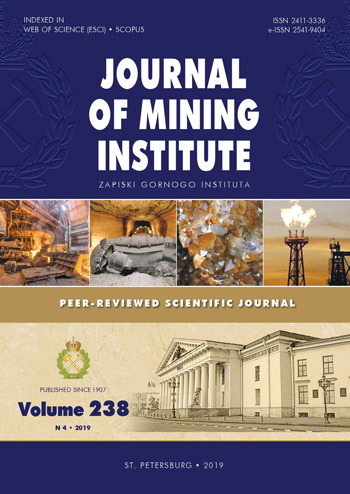Actual and Forecast Impact Assessment of Earthquakes on the Global Economic System
- 1 — Federal Research Centre «Kola Science Centre of the Russian Academy of Sciences»
- 2 — Kola Branch Federal Research Centre of «Geophysical Survey of Russian Academy of Sciences»
- 3 — Federal Research Centre «Kola Science Centre of the Russian Academy of Sciences»
Abstract
Problem of strong earthquakes impact on the global economic system is considered. Geoscientists suggest that increase in Earth's seismicity is highly unlikely, but experts in economic geography say that existing facts indicate increase in seismic risk for economic systems. Using the example of an earthquake in the Tahoku region (Japan, 2011), a comprehensive assessment of economic consequences of a strong earthquake is presented as a part of analysis of three blocks of statistical information: 1) macroeconomic indicators of Japan; 2) stock market indicators; 3) industry indicators of the global economy. Results of the assessment pointed to a new feature of strong earthquakes effects in economically developed regions of the world: globalization processes are spreading regional effects of large earthquakes throughout the world economic system. To understand the magnitude of strong earthquakes problem, estimate of world economy loss from a probable earthquake near the United States, similar to Tahoku, is given. It was established that economic losses would be 2.6 times greater: a drop in the global S&P Global 1200 index would be about 15 %. The farther in time this probable earthquake protects from the Tahoku earthquake, the more globalization will increase losses.
